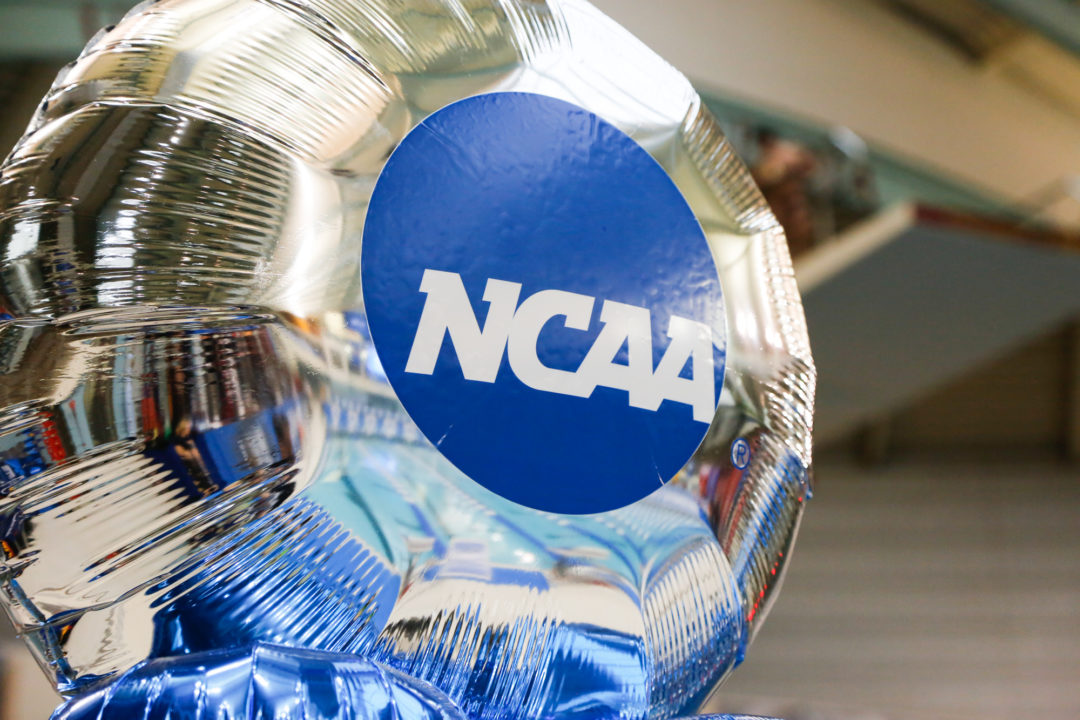The U.S. Supreme Court will hear two cases brought by the same plaintiff, Shawne Alston, regarding the amount of education-related financial compensation the NCAA can provide for athletes. The Court will rule whether the NCAA violated antitrust laws when it hears the two cases in 2021, which will be jointly argued with one hour allotted for oral arguments.
The cases reached the court when the 9th U.S. Circuit Court of Appeals upheld the ruling of a lower court which had decided that the NCAA cannot cap education-related benefits awarded to student-athletes. You can read the full ruling from the 9th U.S. Circuit Court of Appeals here.
Due to the ongoing Coronavirus pandemic, the U.S. Supreme Court has been hearing cases by phone and will continue to do so at least through January. The Court has not announced when in-person hearings will resume.
Compensation of NCAA athletes has been a hot-button issue over the past several years, and in April 2020 the NCAA agreed to allow student-athletes to profit from their image and likeness, provided the university the represent does not pay them directly, and has made steps forwards towards allowing student-athletes to accept third-party sponsorship; however, the two cases that the Supreme Court will hear next year are completely separate as they pertain to education-related aid only.
The two cases were first brought to the American courtroom by former West Virginia University running back Shawne Alston in 2014 when Alston and his attorneys filed a lawsuit against the NCAA alleging that NCAA rules that place any limit on compensation that schools could offer to athletes are in violation of antitrust law. The two cases which will be brought before the Supreme Court are named American Athletic Conference v. Alston and National Collegiate Athletic Association v. Alston. Alston, a former Big 12 student-athlete, initially filed suits against the NCAA, SEC, ACC, Big 12, Pac-12 and Big Ten in 2014.
The Supreme Court is expected to reach its decision before the end of June 2021.
The Supreme Court’s decision to hear the case is good news for the NCAA according to Donald Remy, NCAA Chief Legal Officer and Chief Operating Officer.
The NCAA issued its own statement penned by Remy regarding the Alston’s lawsuits and the decision of the 9th Circuit Court’s ruling, stating the ruling thus far “blurs the line between student-athletes and professionals, conflicts with prior appellate court decisions, appoints a single court to micromanage collegiate sports, and encourages never-ending litigation following every rule change” and that the NCAA and its conferences “will continue to defend the line between professional sports and college sports.”
The NCAA contested the lower court’s ruling, saying it “effectively created a pay-for-play system for all student-athletes, allowing them to be paid both ‘unlimited’ amounts for participating in ‘internships’” plus another $5,600 or more each year student-athletes remain eligible to play their sport. The stipend ruling came in 2015 when former UCLA basketball player Ed O’Bannon and 19 others took the NCAA to court in order to receive compensation for antitrust violations for not allowing student-athletes to get a share of revenue generated by video games that made use of athletes’ name and likeness.

Great News!!! Pay those athletes their money!
This is bad news in my opinion. It is likely that this case will fail, again, which will set a dangerous precedent that the NCAA doesn’t need to change their rules. The NCAA is close to changing the rules but if they know they’re in no legal trouble they will feel much less pressure to change the rules.
We’re doomed